In the ever-evolving digital landscape, businesses are constantly seeking strategies to boost their return on investment (ROI). Amidst the clamor of new platforms and fleeting trends, one channel consistently proves its worth: email marketing. Far from being an outdated tool, email remains a cornerstone of effective digital communication, capable of delivering exceptional ROI when executed thoughtfully. It offers a direct line to your audience, fostering deeper connections and driving conversions. However, merely sending emails isn’t enough; true success lies in employing smart email marketing techniques that turn passive recipients into loyal customers and maximize your financial returns.
Understanding the Core Value of Email Marketing
Email marketing continues to be a powerhouse for businesses of all sizes. It boasts an average ROI of $42 for every $1 spent, making it one of the most cost-effective marketing channels available. This incredible efficiency stems from its ability to reach an engaged audience directly, build long-term relationships, and facilitate personalized communication at scale. Unlike social media algorithms that control reach, your email list is an owned asset, providing consistent access to your most interested prospects and customers. Mastering effective email marketing techniques is crucial for leveraging this power to its full potential.
Segment Your Audience for Precision Targeting
One of the most impactful email marketing techniques is audience segmentation. Blasting the same message to everyone on your list is a recipe for low engagement and unsubscribes. Instead, divide your subscribers into smaller, more specific groups based on shared characteristics or behaviors. This allows you to tailor your messages, ensuring they resonate more deeply with each segment.
Why Segmentation Boosts ROI
- Higher Open Rates: Relevant subject lines are more likely to be opened.
- Increased Click-Through Rates: Content that speaks directly to a subscriber’s interests drives action.
- Improved Conversion Rates: Targeted offers lead to more purchases or desired actions.
- Reduced Unsubscribe Rates: Subscribers receive valuable content, not irrelevant noise.
Segmentation criteria can include demographics (age, location), psychographics (interests, values), purchase history, website activity, or how they initially signed up. By understanding who you’re talking to, you can craft messages that truly hit home.
Personalization Goes Beyond First Names
While addressing a subscriber by their first name is a good start, true personalization delves much deeper. Modern email marketing techniques allow you to create highly individualized experiences that make each recipient feel seen and valued. This level of tailoring transforms generic messages into meaningful conversations, significantly impacting engagement and conversion rates.
Leveraging Dynamic Content and Behavioral Triggers
Dynamic content allows different parts of an email to change based on subscriber data. For example, a clothing retailer might show menswear to male subscribers and womenswear to female subscribers within the same email template. Behavioral triggers, on the other hand, initiate emails based on specific actions (or inactions) taken by the subscriber. An abandoned cart email, for instance, reminds a potential customer of items left in their shopping cart, often recovering lost sales. Other triggers include welcome emails, post-purchase follow-ups, or win-back campaigns for inactive users. Implementing these advanced personalization tactics is one of the smartest email marketing techniques for enhancing customer loyalty and driving repeat business.
Craft Compelling Subject Lines and Preheaders
The subject line is your email’s gatekeeper – it determines whether your message gets opened or sent to the trash. A compelling subject line, combined with an informative preheader, is crucial for capturing attention in a crowded inbox. This initial hook is vital for the success of all your other email marketing techniques.
Techniques for Higher Open Rates
- Create Urgency or Scarcity: “Last Chance: 24 Hours Left!”
- Evoke Curiosity: “You Won’t Believe What We Found…”
- Personalize: Include the subscriber’s name or reference their interests.
- Be Clear and Concise: Directly state the value proposition.
- Use Emojis Sparingly: Can increase open rates but use them wisely to maintain professionalism.
The preheader text (the short snippet visible next to the subject line in most inboxes) should complement the subject line, providing a little more detail or a compelling reason to open the email. Think of it as a mini-ad for your email content.
Optimize for Mobile-First Experience
With the vast majority of emails now opened on mobile devices, ensuring your emails are responsive and mobile-friendly is no longer optional – it’s a necessity. An email that looks great on a desktop but is unreadable on a smartphone will quickly be deleted, negating all your efforts in crafting compelling content. Adopting a mobile-first approach is a fundamental component of effective email marketing techniques today.
Ensuring Seamless User Experience Across Devices
Design your emails with mobile users in mind: use a single-column layout, large and readable fonts, ample white space, and clear, prominent calls-to-action (CTAs). Images should be optimized for fast loading, and buttons should be large enough to be easily tapped with a thumb. Test your emails on various devices and email clients before sending to guarantee a consistent and positive user experience.
Automate Your Campaigns for Efficiency and Scale
Email automation allows you to send targeted, timely, and personalized messages without manual intervention, significantly improving efficiency and freeing up your team’s time. By setting up automated workflows, you can nurture leads, onboard new customers, and re-engage inactive subscribers around the clock. This intelligent application of email marketing techniques ensures continuous engagement.
Key Automation Workflows to Implement
- Welcome Series: Greet new subscribers, introduce your brand, and set expectations.
- Abandoned Cart Reminders: Prompt users to complete their purchases.
- Post-Purchase Follow-ups: Thank customers, offer support, or suggest related products.
- Re-engagement Campaigns: Win back inactive subscribers with special offers or valuable content.
- Birthday/Anniversary Emails: Delight customers with personalized greetings and exclusive discounts.
Automation ensures your messages are sent at the most opportune moments, increasing their impact and driving higher conversion rates.
A/B Testing: The Continuous Improvement Loop
Smart email marketing techniques are never static; they evolve through continuous testing and optimization. A/B testing (or split testing) involves sending two different versions of an email element to a small segment of your audience to see which performs better. This data-driven approach removes guesswork and helps you refine your strategy over time.
What to A/B Test for Optimal Performance
- Subject Lines: Test different lengths, tones, and personalization tactics.
- Calls-to-Action (CTAs): Experiment with button text, color, and placement.
- Email Content: Try different layouts, imagery, and messaging styles.
- Send Times and Days: Determine when your audience is most receptive.
- From Names: See if sending from a person or a company name performs better.
Regular A/B testing provides invaluable insights into your audience’s preferences, allowing you to continually refine your email marketing techniques for maximum ROI.
Analyze and Adapt: Data-Driven Decision Making
To truly maximize your ROI, you must continuously monitor the performance of your email campaigns and be willing to adapt your strategies based on the data. Your analytics dashboard is a treasure trove of insights that can guide future decisions and reveal the effectiveness of your current email marketing techniques.
Key Metrics to Monitor for ROI
- Open Rate: Percentage of recipients who open your email.
- Click-Through Rate (CTR): Percentage of recipients who clicked on a link within your email.
- Conversion Rate: Percentage of recipients who completed a desired action (e.g., purchase, sign-up).
- Bounce Rate: Percentage of emails that couldn’t be delivered.
- Unsubscribe Rate: Percentage of recipients who opted out.
- Email ROI: The ultimate measure of your campaign’s financial success.
By regularly analyzing these metrics, you can identify what’s working, what isn’t, and make informed adjustments to your email marketing techniques to drive even better results.
Integrating Email with Other Marketing Channels
For truly smart email marketing techniques, integrate your email efforts with your other marketing channels. Email shouldn’t operate in a silo; instead, it should be a seamless part of a larger, unified customer journey. This synergy enhances overall marketing effectiveness and provides a consistent brand experience.
Creating a Unified Customer Journey
Promote your email list on social media, your website, and during in-person interactions. Use email to drive traffic to your blog posts, landing pages, or product pages. Conversely, use social media to highlight key email content. Integrate email sign-ups into your CRM to personalize communications further. By creating a cohesive strategy, you amplify the reach and impact of your email campaigns, leading to greater ROI across all your marketing efforts.
Staying Compliant and Building Trust
While focusing on maximizing ROI, it’s paramount to adhere to legal regulations and ethical best practices. Building trust with your subscribers is non-negotiable for long-term success. Ignoring compliance can lead to hefty fines, damaged reputation, and low deliverability, completely undermining your email marketing techniques.
Adhering to Regulations and Best Practices
Always obtain explicit permission before adding someone to your email list (permission-based marketing). Familiarize yourself with regulations like GDPR (General Data Protection Regulation) for European audiences and CAN-SPAM Act for the United States. Provide clear and easy unsubscribe options in every email, and be transparent about how you use subscriber data. Maintaining a clean list and respecting privacy not only ensures compliance but also fosters a stronger, more trusting relationship with your audience.
By implementing these smart email marketing techniques, you’re not just sending emails; you’re building relationships, providing value, and strategically investing in a channel proven to deliver exceptional returns. Regularly refine your approach, test new ideas, and always prioritize your audience’s experience. Start optimizing your email campaigns today and watch your ROI soar.


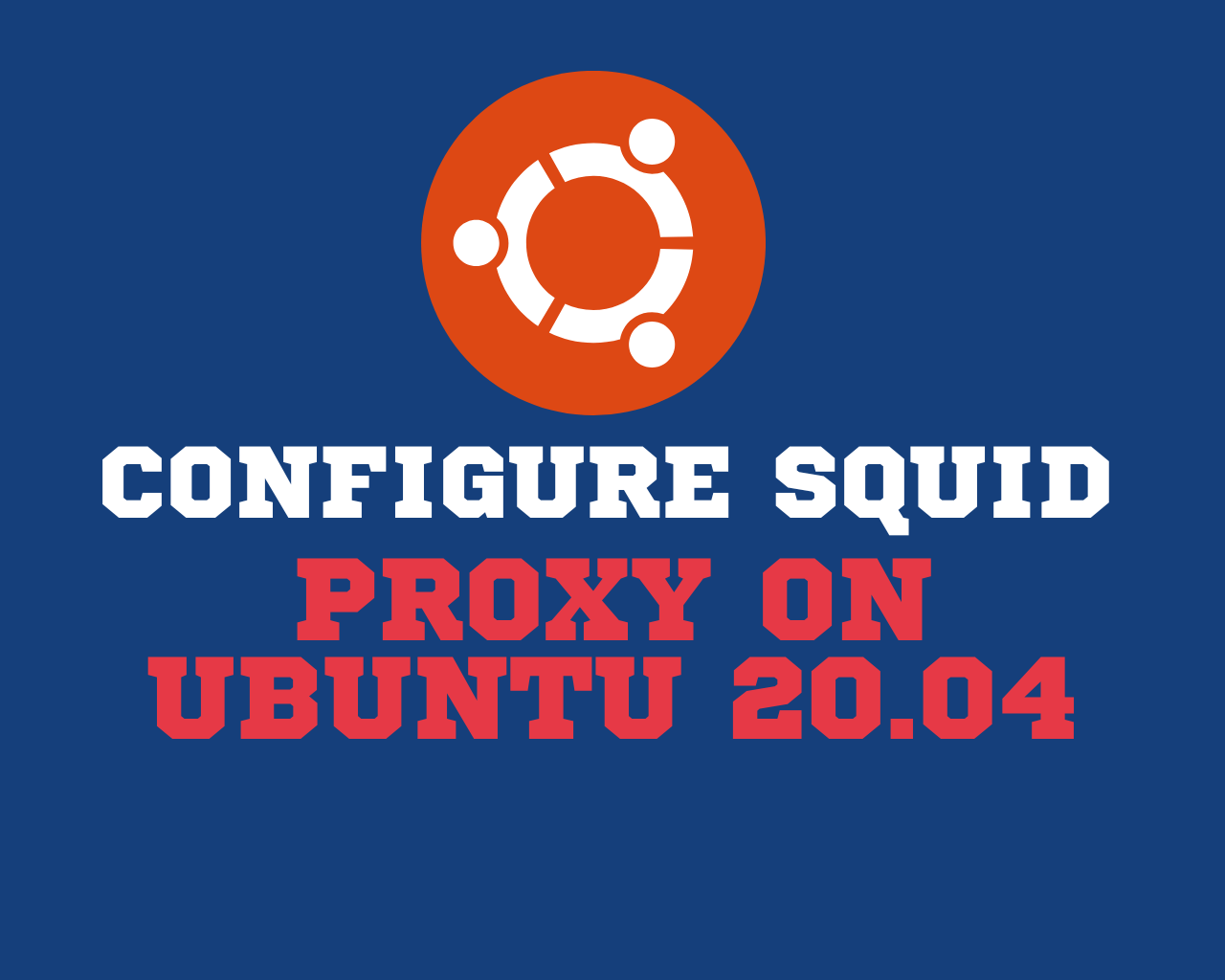

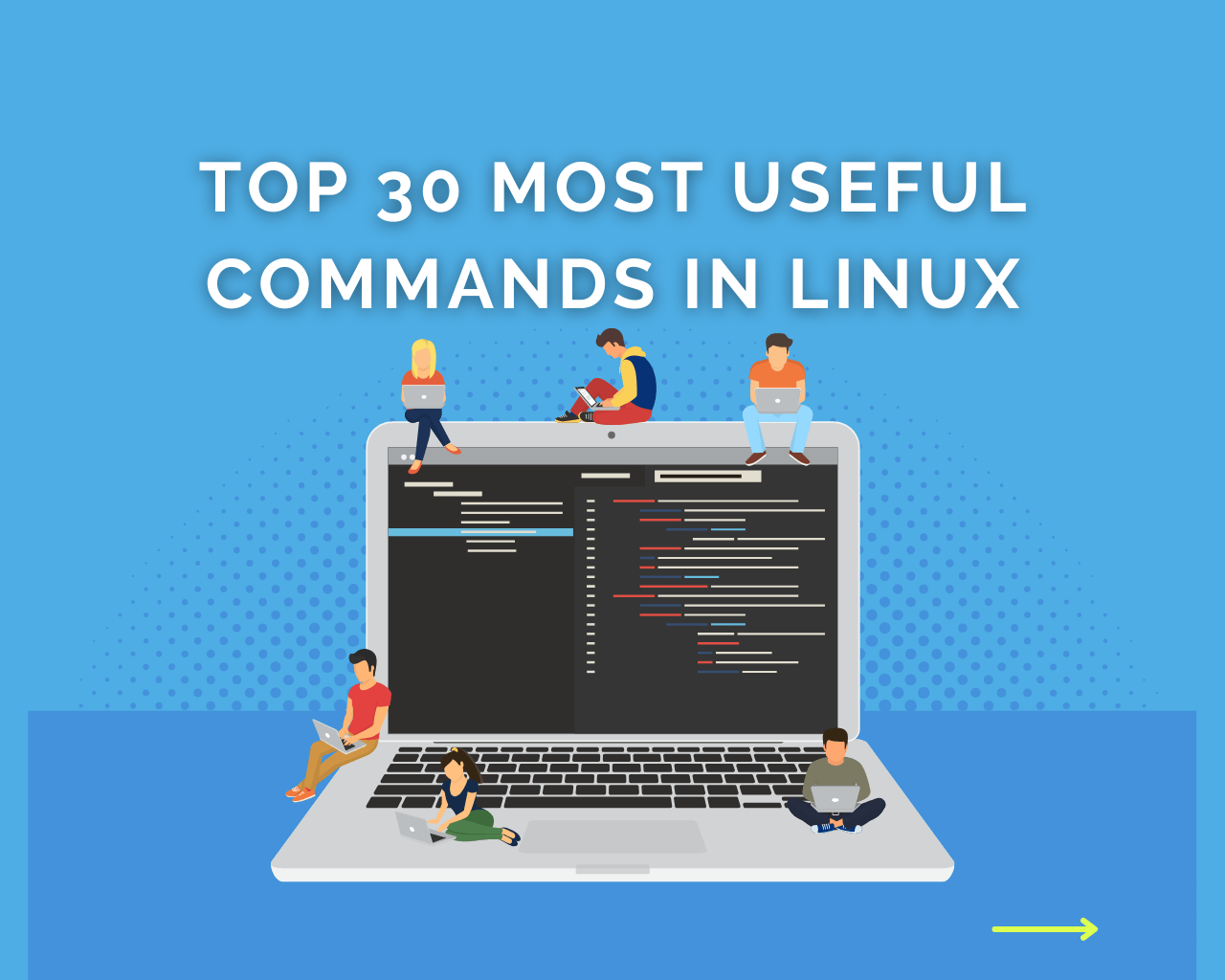

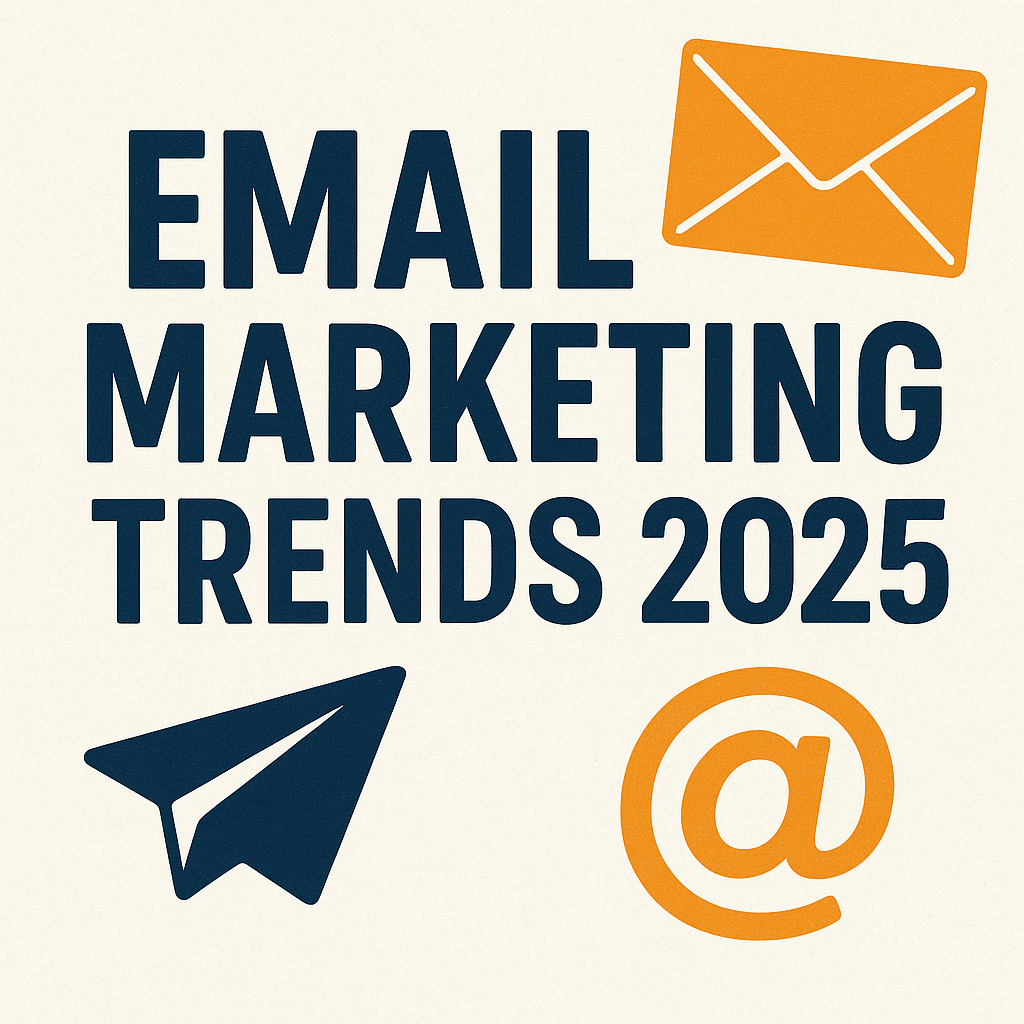
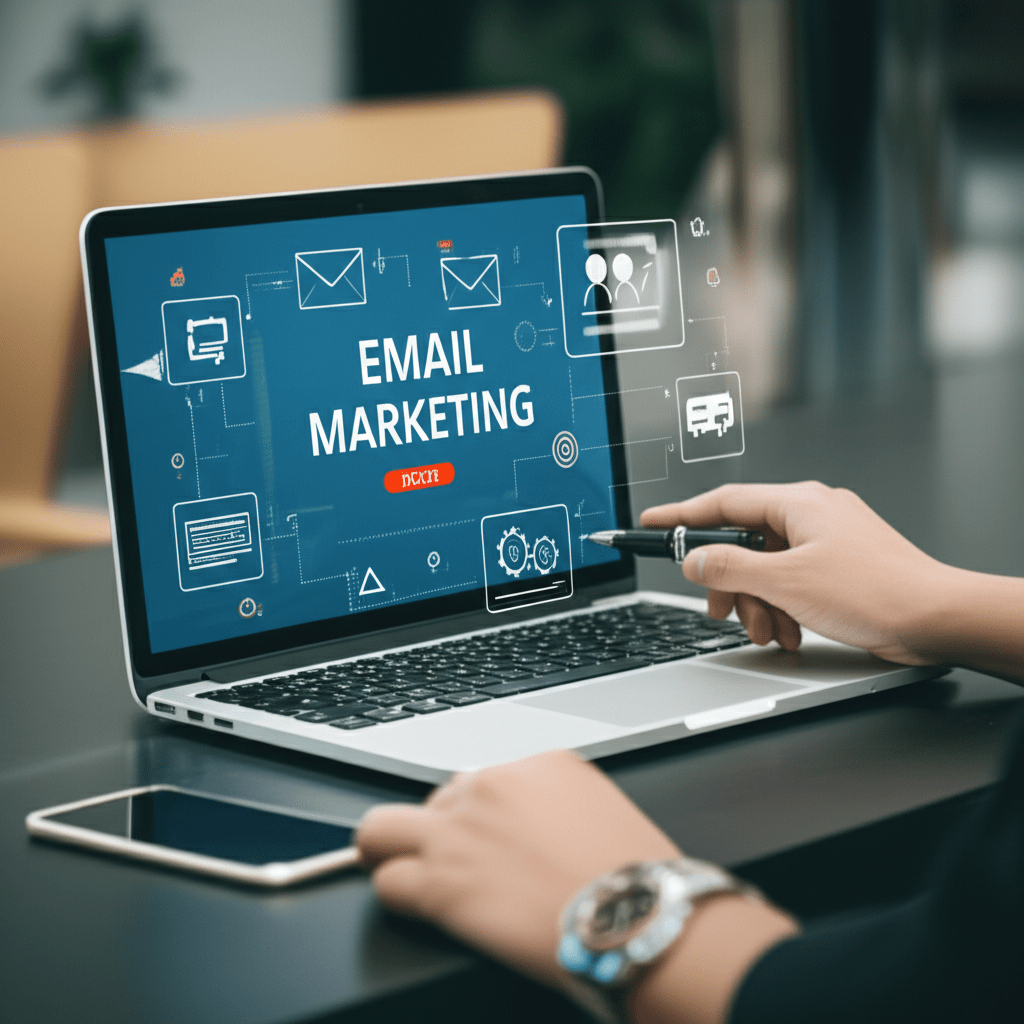
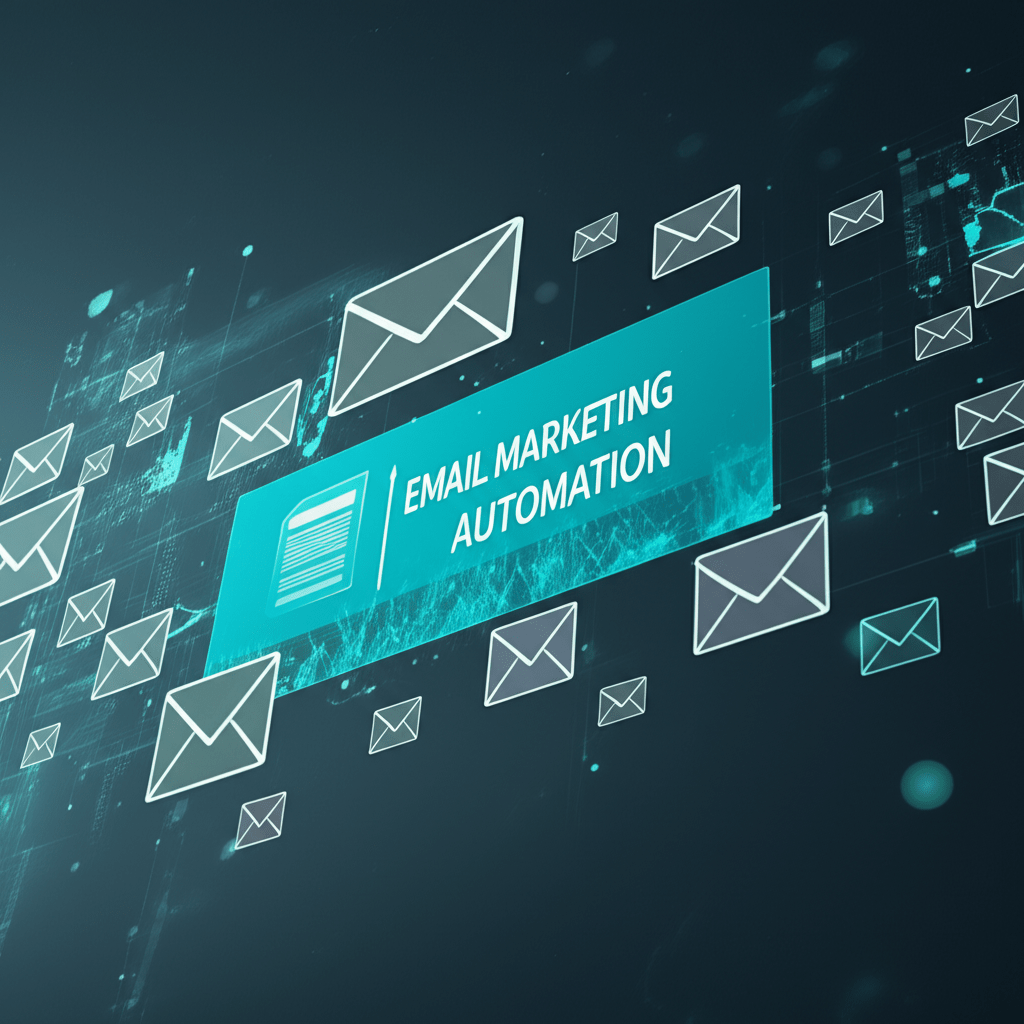

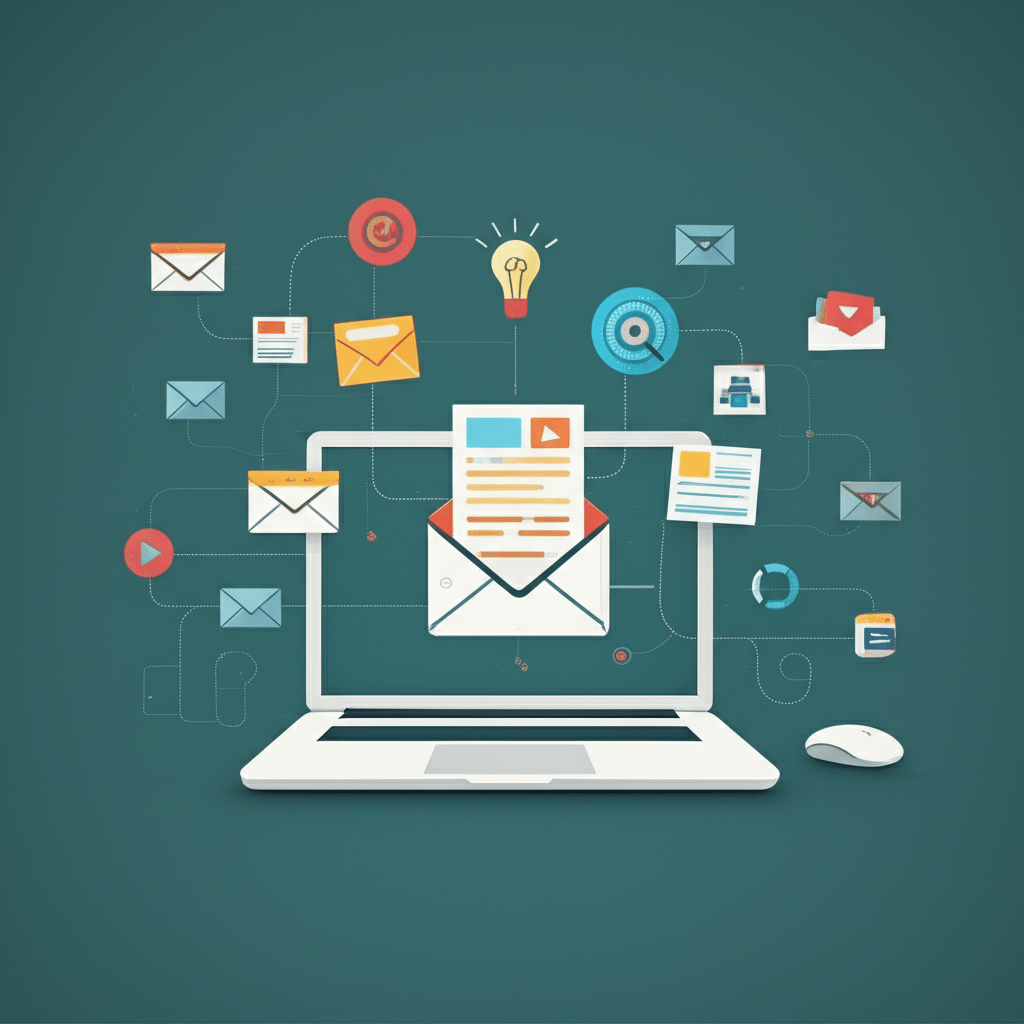
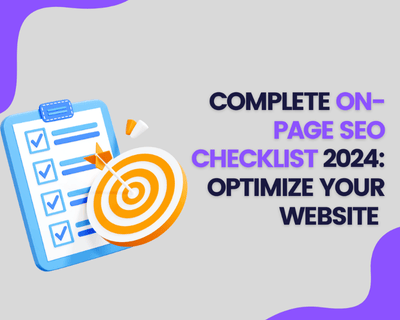

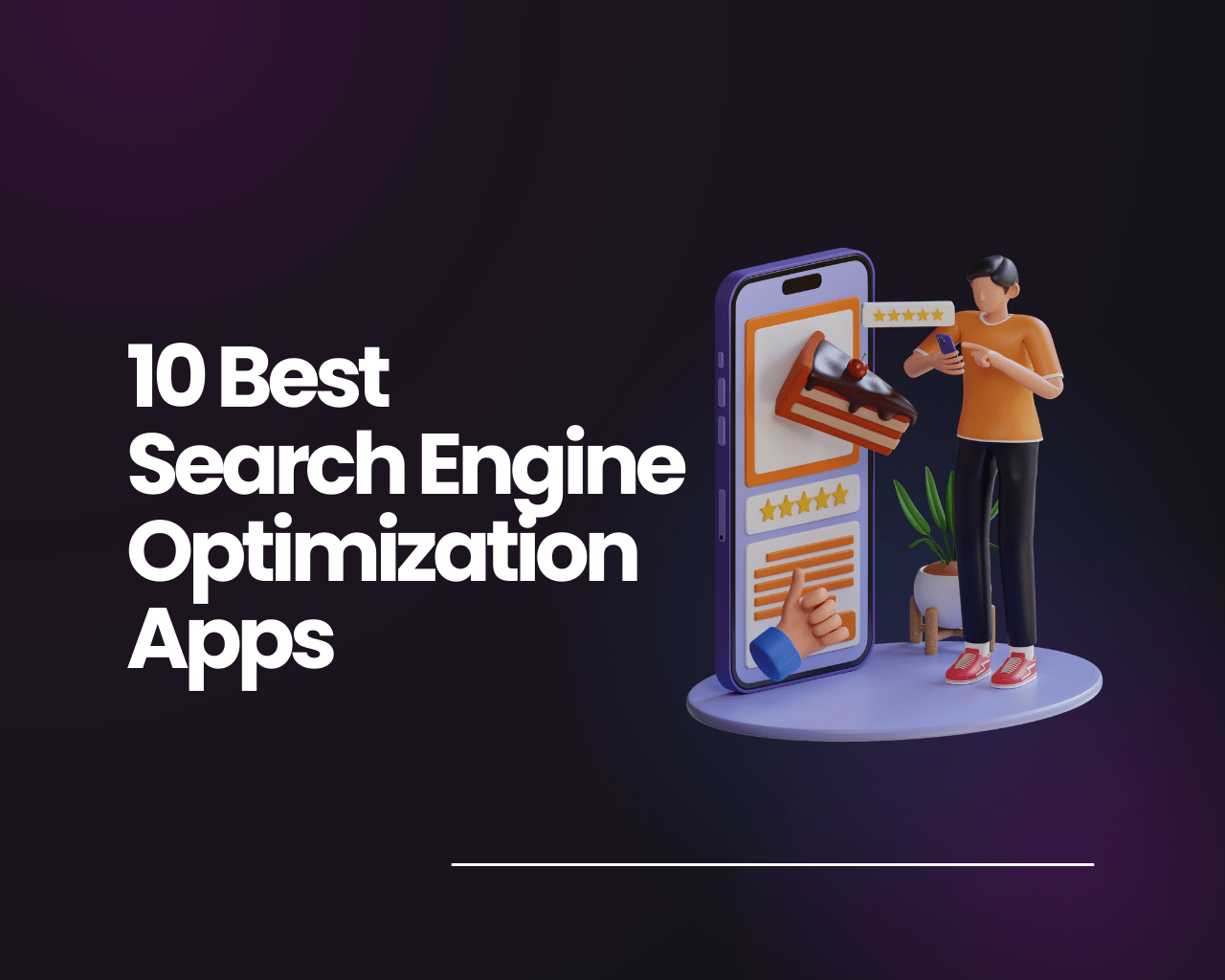
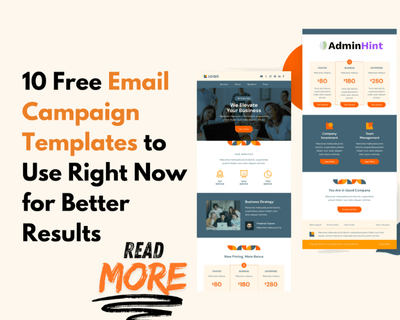
Leave a Reply